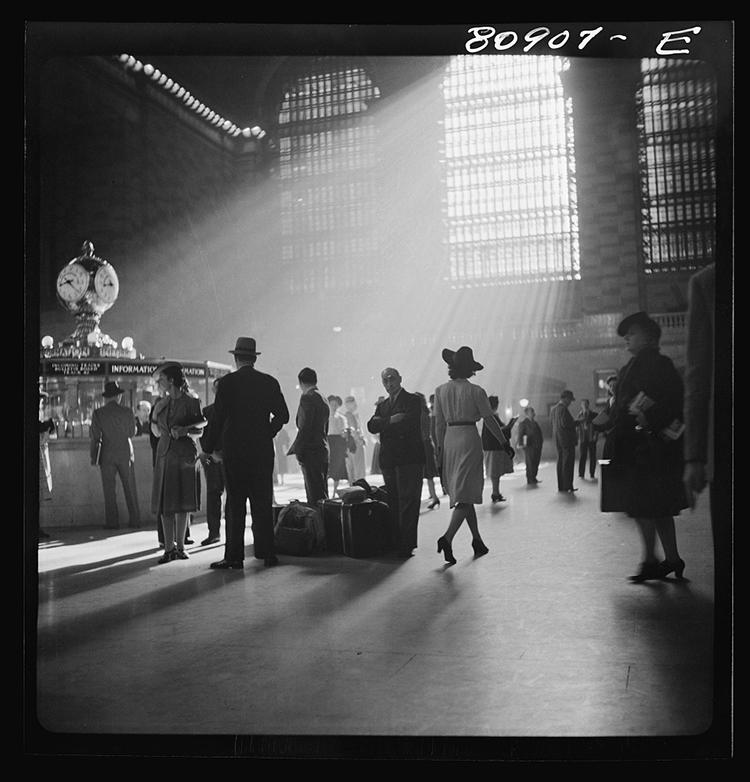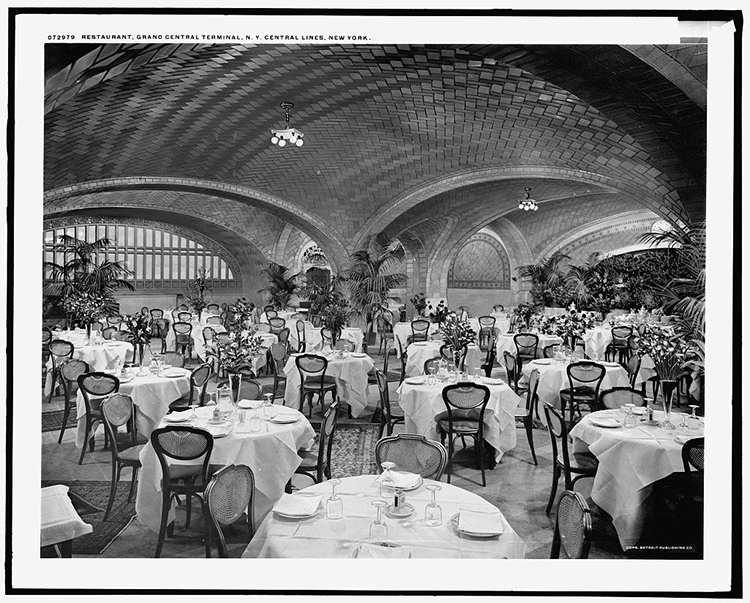Alongside Penn Station, it is a major transportation hub of America’s largest city.
Read on to learn more about the history of Grand Central Terminal, New York’s legendary train station.
The Early Railroads of New York
Grand Central Station, in New York City, circa 1902.

Photo:Stock Photosfrom PISAPHOTGRAPHY/Shutterstock
This enormous French Second Empire-style train depot was constructed out of a need for train platforms on 42nd Street.
Trains were nonetheless important to supplying the city and serving its ever-growing population.
These lines helped unite the tri-state area and were symbolized in the depot’s three-towered design.

Grand Central Station, in New York City, circa 1902. (Photo:Wikimedia Commons, Public domain)
Planning and Building Grand Central Terminal
Excavations for Grand Central Terminal.
In 1903, a competition was held for new station designs.
The winning architectural firm Reed & Stem based their designs on the fluid movement of people via ramps.

Excavations for Grand Central Terminal. (Photo:Library of Congress Prints and Photographs Division)
The magnificent arched stone exterior of the building was the work of another firm, Warren & Wetmore.
Together, the firms shared the monumental building project.
Excavation and building were done in strategic phases so as not to block all traffic to the critical station.

Photo:Stock Photosfrom SEAN PAVONE/Shutterstock
By 1913, the new building was open and operational.
Inside the magnificent new building wasand still isa space both decorative and functional.
The ramped passageways leading between concourses and platforms feature vaulted ceilings.

The main concourse, 1941. (Photo:Library of Congress Prints and Photographs Division)
One vault, in particular, allows for careful whispers to be heard across the gallery.
The marble walls and floors are accented by gilding and carved details of acorns and oak leaves.
A mural by artist Edward Trumbull in the Graybar Passage is a must-see.

Photo:Stock Photosfrom TTSTUDIO/Shutterstock
Painted in 1927, it shows an electric train in homage to modern transportation technology.
The outside of the building displays art as well.
An enormous sculptural group by Jules-Felix Coutan features a large clock and winged Mercury among other allegorical images.

Restaurant at Grand Central Terminal, circa 1910 to 1920. (Photo:Library of Congress Prints and Photographs Division)
Today, travelers will find an information booth and ornate four-faced opal glass clock.
In 1944, a painted wooden ceiling in an elegant blue replaced the original ceiling mural.
The new version displayed the same constellation design which has become a famous New York City Landmark.
The main concourse, 1941.
This mid-century period was the peak of rail traffic through Grand Central.
By the 1950s, commercial air travel began to chip away at the long-distance railways.
However, the terminal remained an important city institution.
The building once hosted art galleries and even an art school.
In 1987, performance artist Philippe Petit walked across a high-wire strung through the building.
The terminal has hosted radio and television shows, boxing matches, andcountlesswedding photoshoots.
There is also a library, a tennis court, and a modern Apple store.
Restaurant at Grand Central Terminal, circa 1910 to 1920.
Upstairs, the CBS Studios became tennis courts.